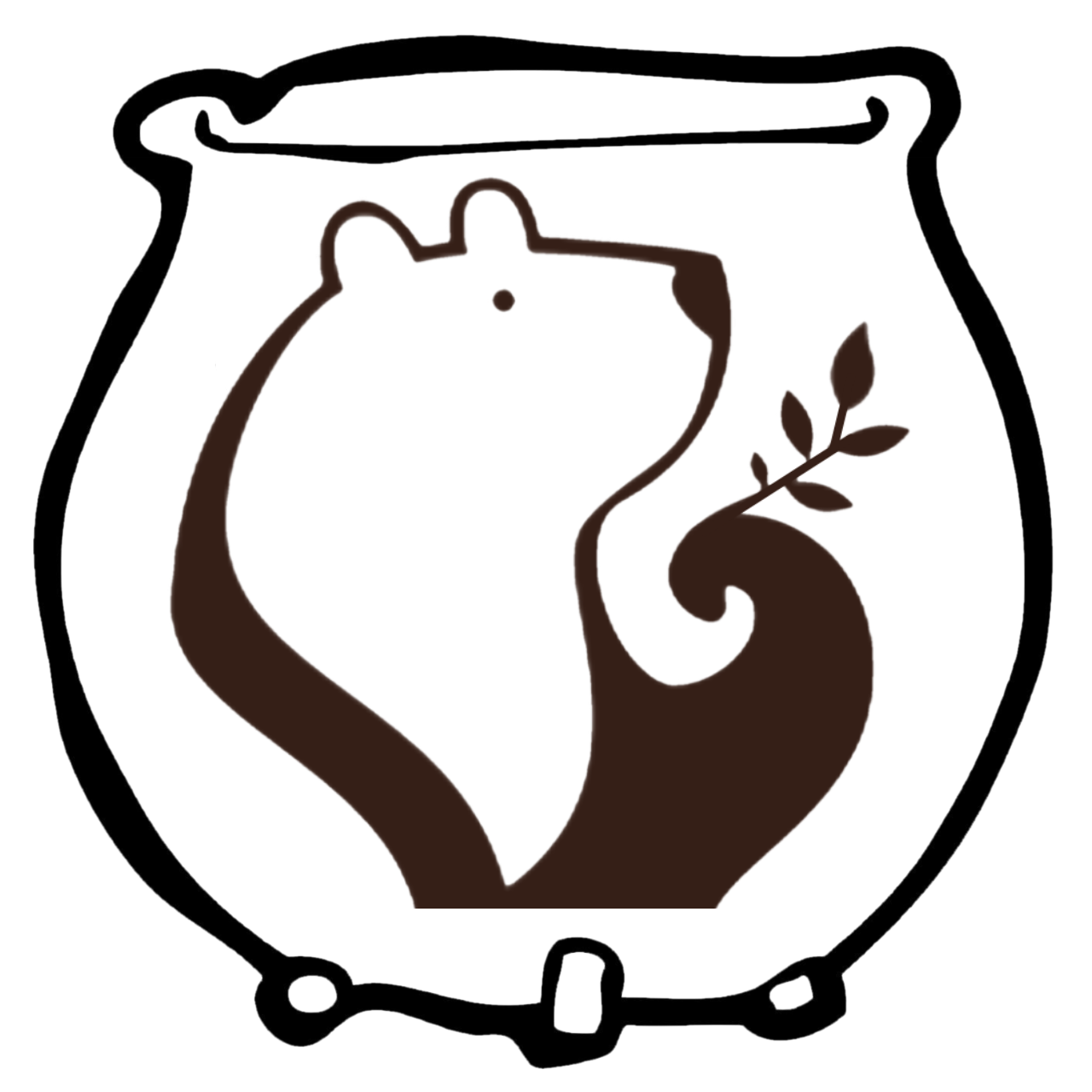Thyme
The Fragrant Wind
Then in sweet converse let us rove,
Where in the thyme-embroider’d grove,
The musky air its fragrance pours
Upon the silv’ry scatter’d show’rs;
To hail soft Zephyr, as she goes
To fan the dew-drop from the rose;
To shelter from the scorching beam,
And muse beside the rippling stream.
Thyme grows close to the ground, but her essential oils tickle the nose. A perennial plant, her roots are short and fibrous, but her hardiness is really established above the ground with her creeping woody stalks and stems. Often she finds her way to walking paths, as she can tolerate some wear and tear. Moreover, this stimulation gives her fragrance a chance to dance with the the breeze. This humble lady is more of a comfort than a show-stopper. Thyme is at home in rustic and warm environments. Pair her with fatty foods and she will help you digest them. Seek her out for both comfort and groundedness.
The Magic of Thyme
Correspondences
Element: Air
Gender: Feminine
Sabbat: Beltane
Planet: Venus
Chakra: Solar Plexus, Brow
Spellwork
Heal
Love
Purify
Strength
Courage
Proverb
Latin: The girl is more inviting who smells of wild thyme than she who smells of musk.
The Medicine of Thyme
Ayurvedic
Not Applicable
Herbology
Antiseptic
Antispasmodic
Antimicrobial
Antioxidant
Astringent
Expectorant
Nervine
Carminative
Stimulant
Emmenagogue
Diuretic
Infusion: 1 cup of boiling water to 1 tsp herb ~ steep for 8 minutes
TCM
TCM Name: Bai Li Xiang
Botanical Name: Thymus vulgaris
Common Name: Thyme
Energy: Dry, Warm
Flavor: Pungent (slightly), bitter
Organs: Lung, spleen, stomach
Movement: Qi tonic
Science of Thyme
Botany
Botanical Name: Thymus vulgaris
Family: Lamiaceae (Mint Family)
Type of Plant: Herbaceous perennial
Habitat: Average soil, Sun
Zone: 5-9
Bloom Time: May – July
Height: 1/2 foot
Spread: 1 foot
Propagation: Cuttings
Harvest: Leaves before flowers bloom
Part Used: Leaves
Constituents: Bitter, Tannins, Flavonoids, Saponins
Native Region: Europe, Asia
Sustainability: Good
Leaf
Structure: Simple
Arrangement: Opposite
Shape: Narrow elliptical
Length: Small
Margins: Entire
Surface: Pubescent
Flower
Inflorescence: Compound whorls
Sexuality: Perfect
Stamen: 4
Petals: Tubular
Color: Pink, Purple
Size: Small
Sacred Story
Come across a patch of wild thyme in the woods and know that fairies have been nearby. Shakespeare shares with us in his Midsummer Night’s Dream the words of Oberon:
“I know a bank where the wild thyme blows,
Where oxlips and the nodding violet grows,
Quite over-canopied with luscious woodbine,
With sweet musk-roses and with eglantine:
There sleeps Titania sometime of the night,
Lull’d in these flowers with dances and delight”




